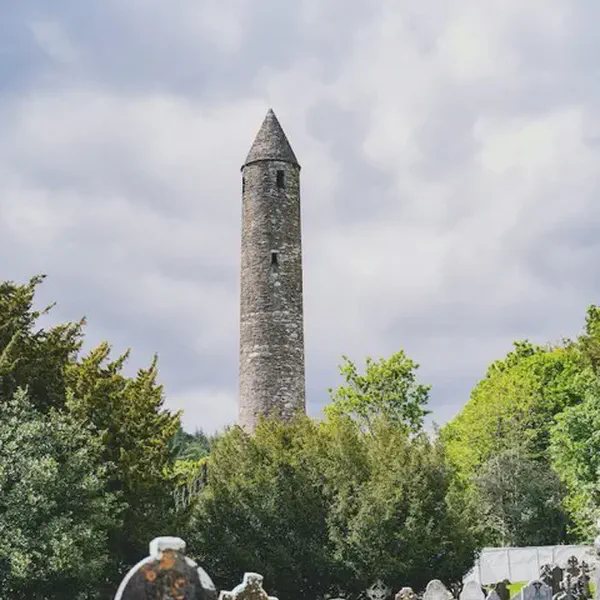On December 28, 1876 in Celtic History
The society for the preservation of the irish language is formed in dublin

The Society for the Preservation of the Irish Language (SPIL; Irish: Cumann Buan-Choimeádta na Gaeilge) was a cultural organisation in late 19th-century Ireland, which was part of the Gaelic revival of the period.
The formation of the Society for the Preservation of the Irish Language (SPIL) in Dublin marks a significant moment in the history of Ireland, particularly in the context of cultural and linguistic preservation. The establishment of such a society would have been driven by concerns over the declining use and status of the Irish language (Gaelic) and a desire to revive and promote it in the face of increasing Anglicization.
It was founded on 29 December 1876. Present at the meeting were Charles Dawson, High Sheriff of Limerick, T. D. Sullivan, editor of The Nation; and Bryan O’Looney. Writing in 1937, Douglas Hyde also remembers himself, George Sigerson, Thomas O’Neill Russell, J. J. McSweeney of the Royal Irish Academy, and future MP James O’Connor as being present. Its patron was John MacHale, Archbishop of Tuam, its first president was Lord Francis Conyngham, and its first vice-presidents included Isaac Butt and The O’Conor Don.
Cultural Revival
The society’s formation was likely part of a broader cultural revival movement, seeking to reclaim and strengthen Irish identity through language. This movement would have recognized the Irish language as a crucial element of the nation’s heritage and cultural distinctiveness.
Educational Initiatives
The SPIL probably focused on educational efforts to promote the learning and use of Irish. This could have included the establishment of Irish language classes, publication of educational materials, and advocacy for the inclusion of Irish in the school curriculum.
Political and Social Context
The society’s formation must be understood within the broader political and social context of Ireland at the time. It was likely a response to English rule and the predominance of the English language in official and public domains, which many saw as a threat to Irish culture and identity.
Community Engagement
Engaging with communities across Ireland would have been crucial for the success of the society. This would have involved not only teaching the language but also promoting its use in everyday life, in arts, literature, and public affairs.
Influence on National Policy
Over time, the society might have aimed to influence national language policy, advocating for the recognition and support of Irish as a national language, alongside or in place of English.
Legacy and Modern Impact
The efforts of such a society would have long-term implications, contributing to the ongoing efforts to preserve and promote the Irish language in contemporary Ireland, including its recognition as an official language of the country and the European Union.
The formation of the Society for the Preservation of the Irish Language would thus represent a significant and proactive step in the effort to preserve Irish cultural heritage and identity, reflecting a wider recognition of the importance of language in the fabric of national identity.
No related content found.